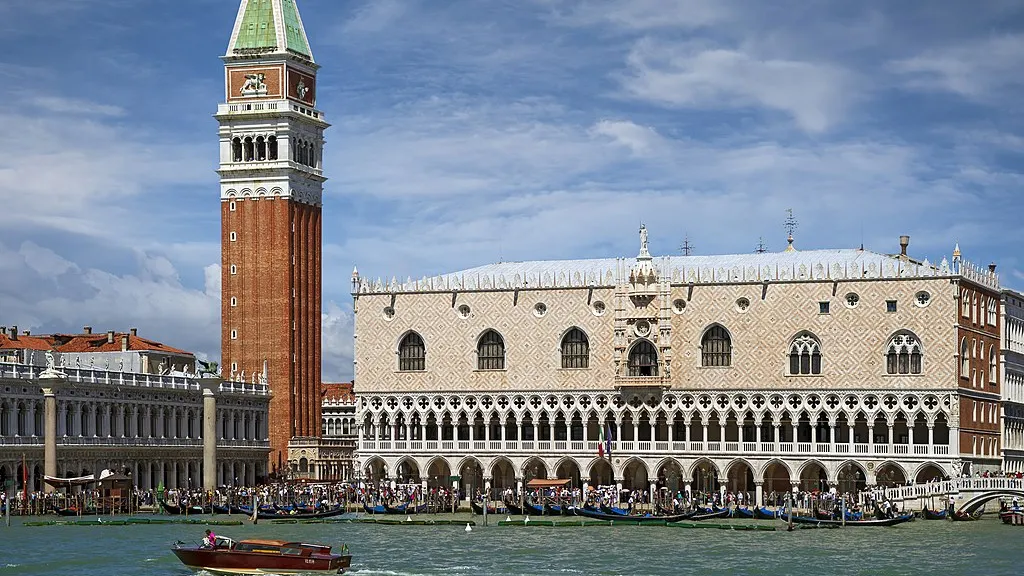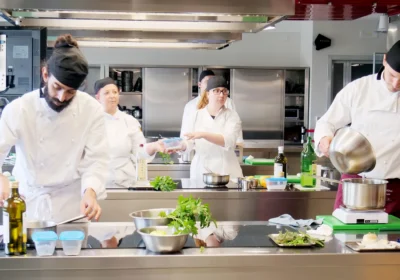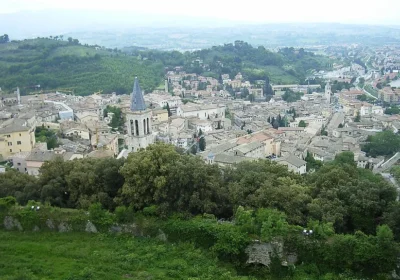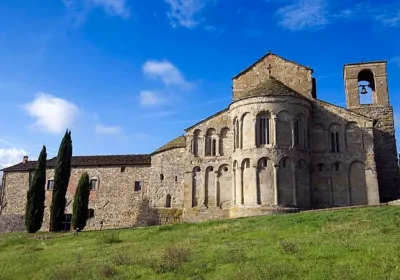The Doge’s Palace, aka Palazzo Ducale:
This is Venice’s main attraction, an Italian architectural monument in the Gothic style. The author of the project is Filippo Calendario.
The construction of the palace took place over 115 years 1309- 1424. In 1577 there was a fire that significantly damaged the building. The palace was rebuilt in the old style, contrary to what was the dawn of Renaissance architecture.
The building was the residence of the Doge. The Doge was the head of government of the Venetian Republic, who was elected for life through a multi-stage voting process. Applicants for the office of Doge came from the most powerful families of Venice. The Doge’s institution existed for more than a thousand years and was abolished by Napoleon in 1797.
Despite its name, the Doge’s Palace was not only the residence of the rulers of the Republic of St Mark. The personal apartments of the head of Venice occupied only the northern wing of the building. In the palazzo also held meetings of members of the Grand Council and the Senate. The Supreme Court of Justice, the secret police and the Inquisition were held here. On the ground floor were the law offices, chancery, maritime department and other municipal offices.
The Doge’s Palace was thus the home of the government of Venice, a fascinating city – a state that had not known sole power for several centuries of its colourful history.
The palace is a three-storey U-shaped building made of grey, white and pink marble. The building has two facades that form a right angle. The ground floor is a gallery of arches pointed upwards and supported by columns. The first floor is also formed by columns, but less thick and taller, and in the upper part there is a row of boxes decorated with ornamentation in the form of four-leaves. The third floor is a smooth wall faced with white marble, which is cut through by large and small windows.
On the south façade is a balcony, which was the tribune of the Doge. Above the balcony is the Alessandro Vittoria Monument of Justice. The perimeter wall is topped with openwork white marble dentils.
The palace has two main entrances: the Porta della Carta, the paper gate; the Doge’s Palace’s Parade Entrance. Above the gate is depicted the winged lion of St Mark’s and before him kneeling Doge Francesco Foscari. The paper gate was called the paper gate because of the tradition of posting notices on it. Porta del Frumento, the wheat gate – overlooks the seafront and is the starting point of tours of the palace.
A true “jewel” of Venice, the majestic Doge’s Palace is widely regarded as the most popular attraction not only in Italy, but throughout Europe. The palazzo’s sumptuous interiors were created by the finest Renaissance craftsmen and are an eloquent testament to the rich cultural and political life of the Republic of Venice
All days except 24 December, 1 January
.

















